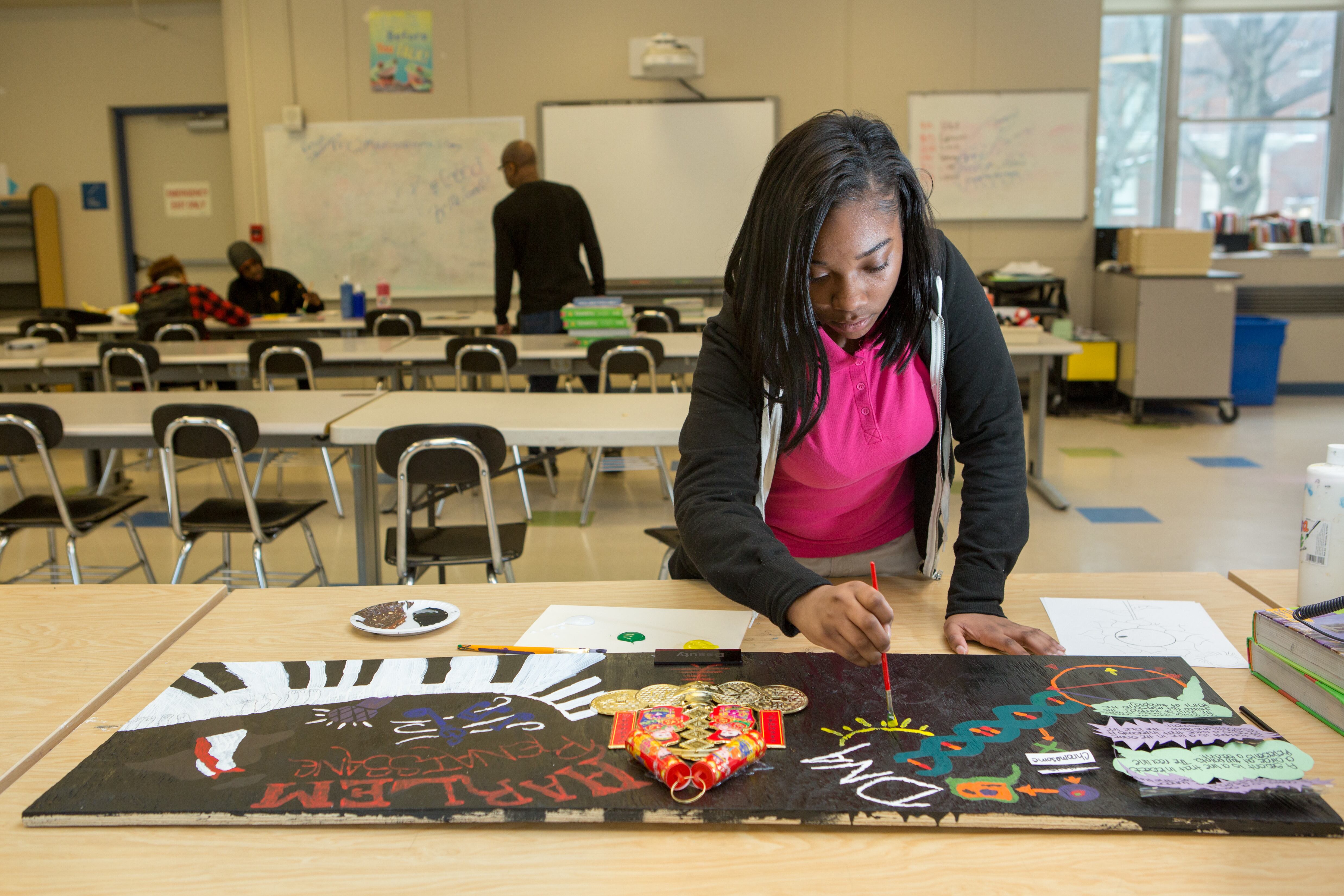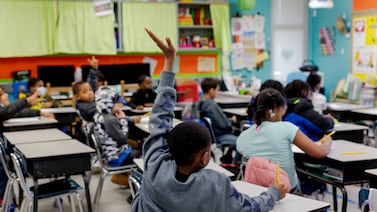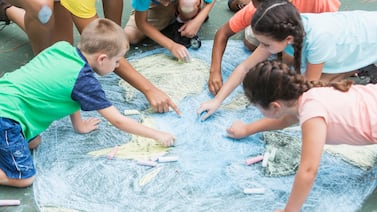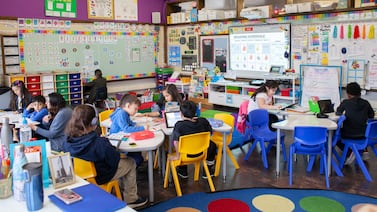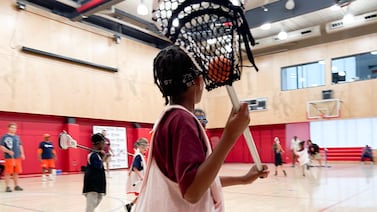The pandemic has pushed many young people’s mental health to the breaking point.
The virus, school closures, financial hardships, and social isolation unleashed a cascade of negative emotions in many students — from fear and anxiety to stress and depression. In school districts such as Newark, where students were shut out of classrooms for more than a year, the risk of social-emotional distress was even steeper.
“We know the mental health toll has been enormous,” Gov. Phil Murphy said earlier this year.
New Jersey set aside $30 million in federal relief money to help districts respond to the mental health crisis; districts are getting their own massive infusions of federal aid, some of which they can spend on student mental wellness. Newark, which took steps to address student trauma even before the pandemic, will likely spend some of its $84 million in relief money on mental health services.
So how can schools spend that money to promote student wellness? One smart investment, advocates say, is the arts.

When students learn to appreciate and create art — whether it’s painting, dancing, rapping, or acting — they develop skills such as empathy, self-awareness, and self-management, which in turn fosters mental wellness. Last year, a task force co-chaired by Dr. Maurice Elias and Bob Morrison, director of Arts Ed NJ, created a new framework that shows how to weave those social-emotional skills into art class.
“Arts educators are a secret weapon in fostering positive mental health for kids,” said Elias, a psychology professor at Rutgers University who directs the Rutgers Social-Emotional and Character Development Lab.
Chalkbeat spoke with Elias about the mental strain students are under, how teachers can help, and the power of arts education. This interview has been edited for length and clarity.
Can you talk a bit about how this past year has affected students’ mental health?
Many kids have experienced loss. Many kids are feeling anxiety. They catch it from their parents and they may see it in their friends.
When you talk about kids in somewhere like Newark, this has to be added onto what was already not such an easy situation.
So I think what this really calls on us to do is recognize that the social and emotional needs of the kids are a gateway to their academic success. If we think they’re going to sit and listen to our lessons when they’re still depressed, anxious, fearful, hopeless, that’s not happening.
Are there signs that teachers should look out for to tell if students are struggling with their mental health?
Anytime we’re trying to evaluate a child it’s always against the baseline of what they were like before the event. So educators need to be especially alert to changes: Kids that were outgoing that are becoming withdrawn. Kids that would love for you to see them at any moment now won’t even turn their cameras on. Kids that were optimistic and upbeat and their tone of voice is now, “ugh.”
It’s difficult on Zoom for teachers. They often have to look behind the camera when kids are on to see what’s going on behind them to get a clue that there may be some difficulty.
A term attracting a lot of attention these days is social-emotional learning, or SEL. Can you explain what that is and how it relates to mental health?
SEL is a set of skills that underlies any interpersonal interaction that we have. Just like we put letters together in different ways to get words, well we have these skills and we put them together in different ways to determine how we act.
When a kid lacks those skills or is in situations where they’re not deploying the skills they have, that’s going to lead to what we then label as mental health difficulties.
The movement to bring SEL into the mainstream of schools is actually saying: Look, let’s prevent these things from happening. If we strengthen the kids’ SEL, then they’re less likely to need intervention down the road.
Are there particular SEL skills you think schools should focus on to help students recover from the trauma of the past year?
The SEL skill of emotion regulation is going to be really critical. Kids are going to need to proactively learn how to reduce their stress.
Some schools do this routinely already, but I think all schools need to be engaging in things like mindful moments, which have been empirically shown to be a tremendously powerful stress reducer.
Just self-calming techniques. Some groups relate it to yoga, some relate it to breathing. But it’s just the idea that if we routinely give ourselves some moments of calm, it reduces our stress levels and helps the kids be more open to learning.
How does arts education fit in with social-emotional learning and mental health?
Arts educators are a secret weapon in fostering positive mental health for kids.
The arts are important to everybody. And many kids who don’t naturally love to read are great at various kinds of artistic expression. There are kids who have a hard time with prose but can do poetry. The arts are so important for giving our kids opportunities for expression and feeling just competent during the school day.
Arts educators, more so than most, they see kids for multiple years. They build strong relationships and connections with the kids. They have a tremendous influence on their mental health.
The SEL connection is that you can’t actually be effective in the arts without SEL. [For example,] one of the SEL skills is empathy. What kind of an artist are you going to be without empathy?
How can arts educators help students develop those skills?
I’ll give you one example of a tremendously potent technique that is deceptively simple.
Ask kids to find out the backstory of the art that they like. How did that poster get produced? How did that song get produced? How did that dance get produced?
When the kids go back and look at the backstory, they begin to see the work that the artists had to do to create the art. That it was a whole bunch of work and problem-solving and perspective-taking and persistence that led to this thing.
Another term that’s popped up a lot this past year is trauma-informed teaching. What does that mean?
When we say trauma, what we mean is, “very strong emotional impact.” Whatever the trauma is, it’s having a very strong emotional impact on the kids. That emotional impact, left unaddressed, will be a barrier to their learning.
So, obviously in addition to trying to reduce the trauma, what we also have to do is give the kids emotional-management skills. Because if we don’t, these emotions are going to block their ability to absorb even the best curriculum that anybody has ever designed.
That’s what we’ve learned now from the research: The SEL opens the door to academics.

